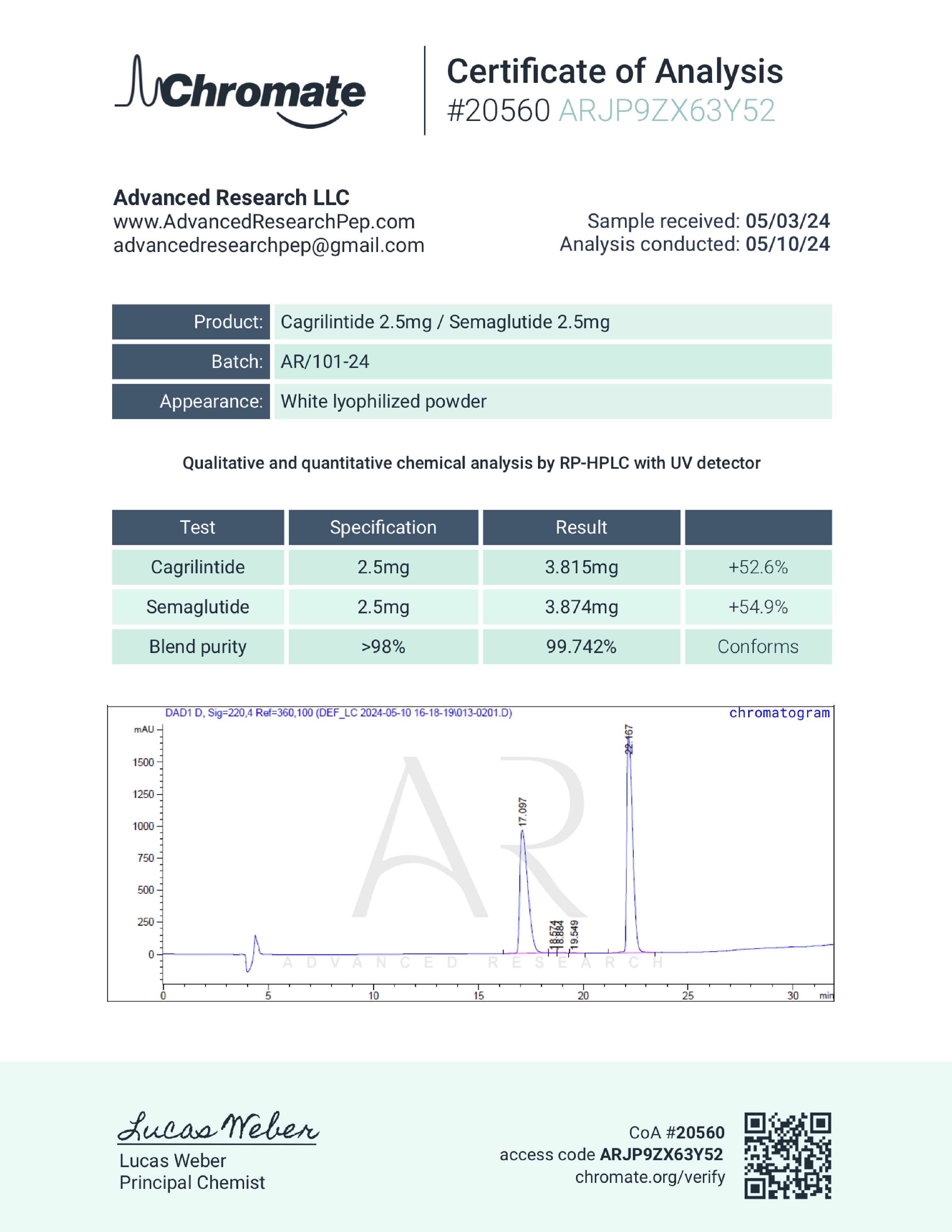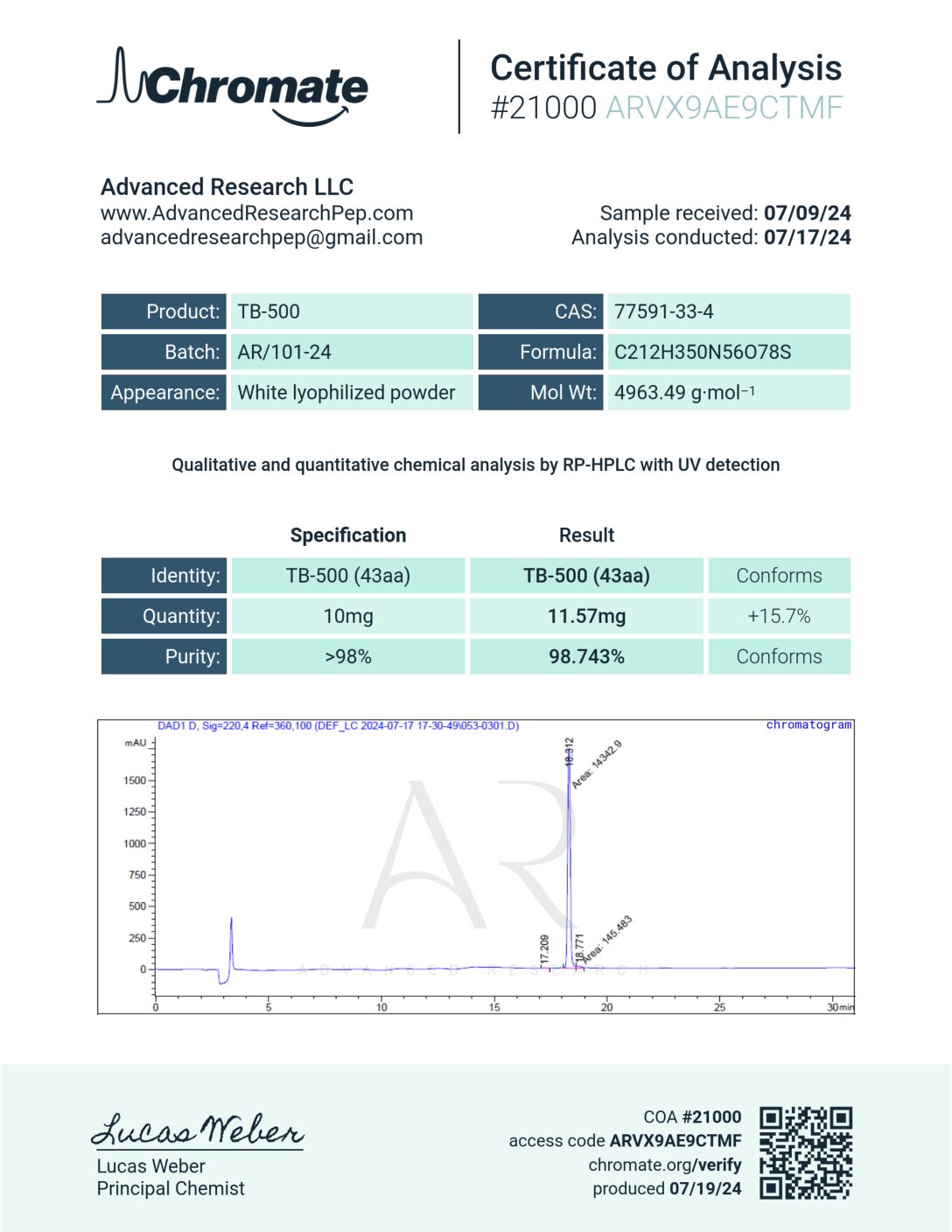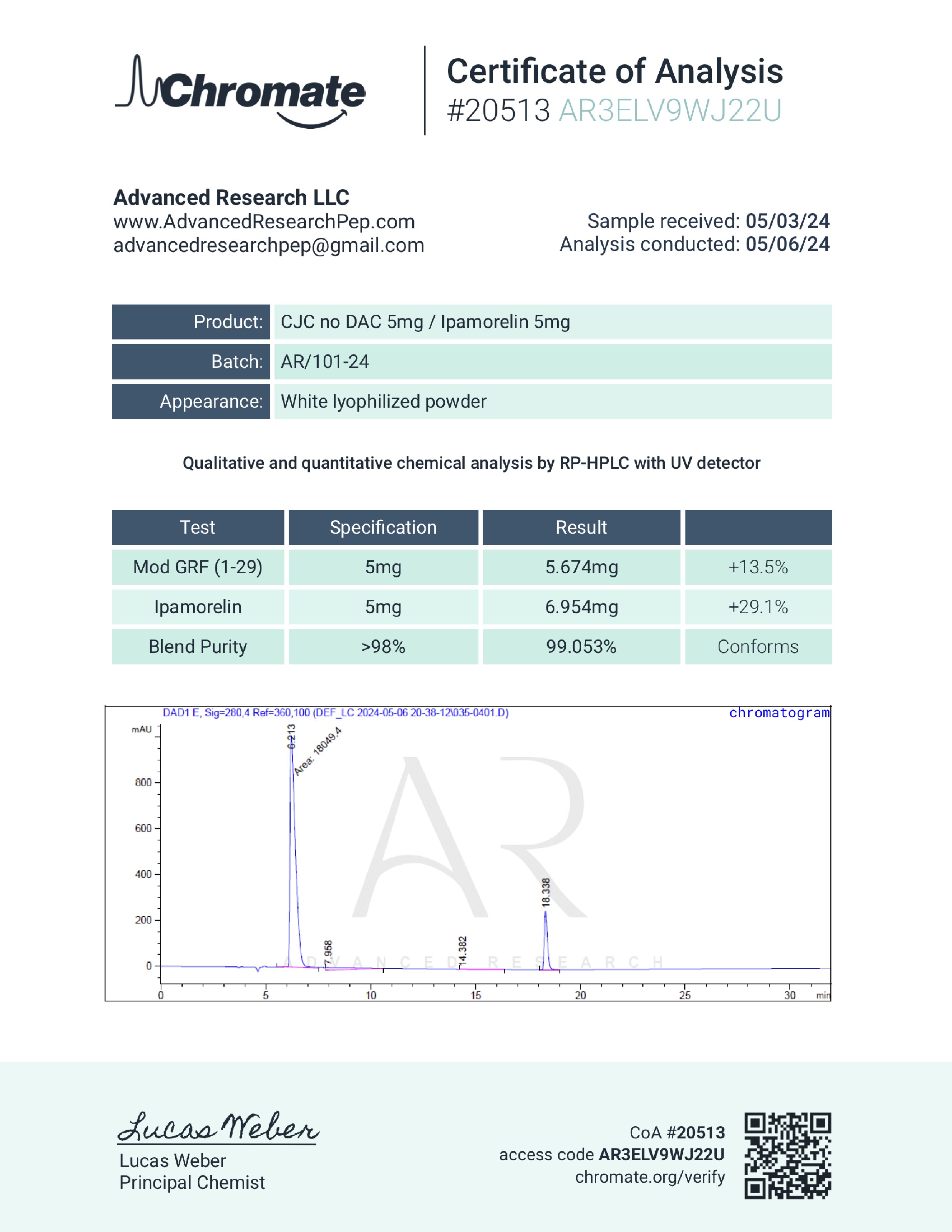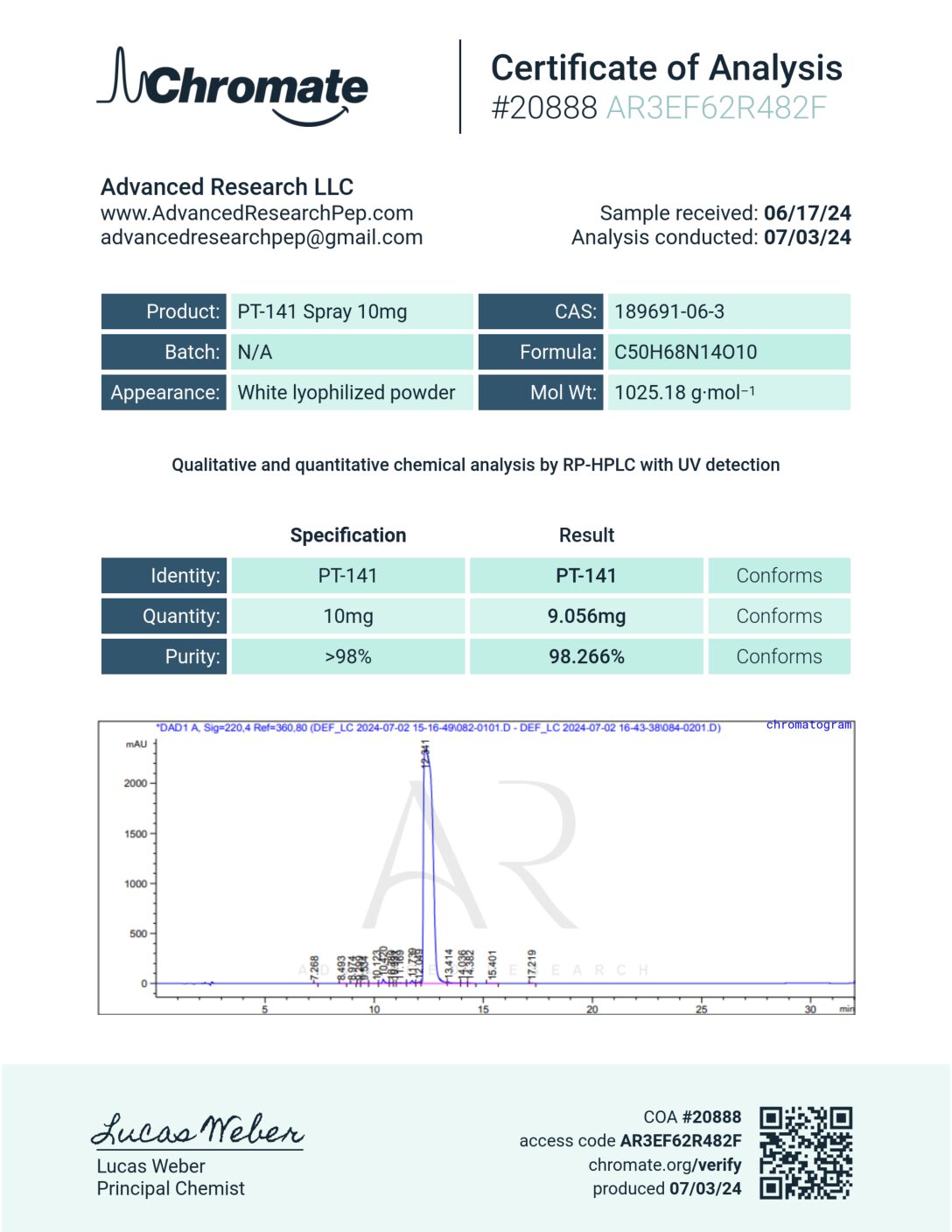Due to cytoprotection and endothelium maintenance capability, BPC 157 was successfully
used in the therapy of periodontitis, and for esophagus, stomach, duodenum, intestine, liver and
pancreas lesions. In addition, BPC 157 counteracts alcohol-induced (acute and chronic) and NSAIDsmediated lesions. BPC 157 may prevent, but also reverse adjuvant arthritis, counteracts aspirin-induced
prolonged bleeding and thrombocytopenias, recovers lower esophageal sphincter and pyloric sphincters
function, heals the intestinal anastomosis and fistulas, and improves adaptation of the intestinal wall
layers after massive resection. BPC 157 counteracts many lesions that may appear, for instance, within
insulin- or NSAIDs-overdose, as well as GI, liver and brain lesions implicating its strong influence on the
central disturbances following peripheral administration.
The wound healing effect of BPC 157 related to the endothelium protection was noted in deep skin
burns, transected/injured muscle, tendon, ligament and bone (pseudoarthrosis, periodontitis) and nerve
healing, as well as in particular tissues such as cornea. BPC 157 interacts with nitric oxide (NO) system,
both NOS-substrate (L-arginine) and NOS-blocker (L-NAME) in different models and species, including
the regulation of a blood pressure. The observed effects are related to the stimulatory effect of BPC on
Egr-1 gene and its corresponding co-repressor gene NAB2, stimulation of FAK-paxillin and JAK-2
signalling pathway. Endothelium protection leads to its particular effect on arterial thrombosis,
counteraction of prolonged bleeding after amputation and anticoagulants administration, as well as NOsubstrate and NOS-blocker administration, and opposite conditions arising from NO-system
overstimulation or blockade, and finally, rescue of animals with a major vein obstruction (inferior caval
vein). Likely, this effect could be responsible for the counteracted dextran-induced anaphylactoid
reaction and increased vascular permeability. Also, BPC 157 exerts a particular beneficial effect on
chronic heart failure induced by doxorubicin and arrhythmias induced by digitalis as well as
hyperkalemia and potassium-induced membrane disturbances.
Conceptually, the beneficial background on the periphery implies a corresponding beneficial central
influence. Namely, given peripherally, BPC 157 induces the release of serotonin in particular brain
nigrostriatal regions and has influence on serotonergic and dopaminergic systems. The observed
beneficial effects were obtained within the specifically (over)stimulated or damaged dopaminergic,
serotoninergic, GABAergic and opioid systems. The ample evidence on BPC 157 potential beneficial
effects includes the positive influence on many central disturbances: akinesia, catalepsy, somatosensory
disorientation, tremor, seizures, stereotypies (both acute and chronic), hypothermia, hyperthermia,
serotonin syndrome, acute and chronic alcohol intoxication, climbing and helpless behaviour,
morphine–induced analgesia, diazepam tolerance and dependence, muscle weakness and function
failure, dopamine vesicle depletion, amphetamine given acutely and chronically, amphetamine
tolerance, amphetamine supersensitivity, morphine and naloxone, picrotoxin and isoniazid convulsions,
cuprizone effects, a neurotoxin mimicking multiple sclerosis brain lesions and presentation.
Besides, with a direct neuroprotective effect, BPC 157 protects somatosensory neurons, strongly
improves nerve regeneration after peripheral nerve transection and counteracts autotomy. BPC 157
attenuated the course of traumatic brain injury, postponed deleterious outcome and counteracted the
primary injury with respect to the secondary injury process. Recently we also reported its beneficial
effects on neuronal necrosis, demyelination, cyst formation after spinal cord injury and rescue of tail
function. Thus, we suggest that this pentadecapeptide is a promising candidate to realize all beneficial
effects of suitably activated brain-gut axis.
Reference:
Sikiric P, Seiwerth S, Rucman R, Kolenc D, Vuletic LB, Drmic D, Grgic T, Strbe S, Zukanovic G, Crvenkovic
D, Madzarac G, Rukavina I, Sucic M, Baric M, Starcevic N, Krstonijevic Z, Bencic ML, Filipcic I, Rokotov DS,
Vlainic J. Brain-gut Axis and Pentadecapeptide BPC 157: Theoretical and Practical Implications. Curr
Neuropharmacol. 2016;14(8):857-865. doi: 10.2174/1570159×13666160502153022. PMID: 27138887;
PMCID: PMC5333585.













Jessica (verified owner) –
Products always arrive quickly and are high quality. I’ve had to reach out to customer service in the past and have always had a prompt response. Highly recommend this company.
Lisa Richardson (verified owner) –